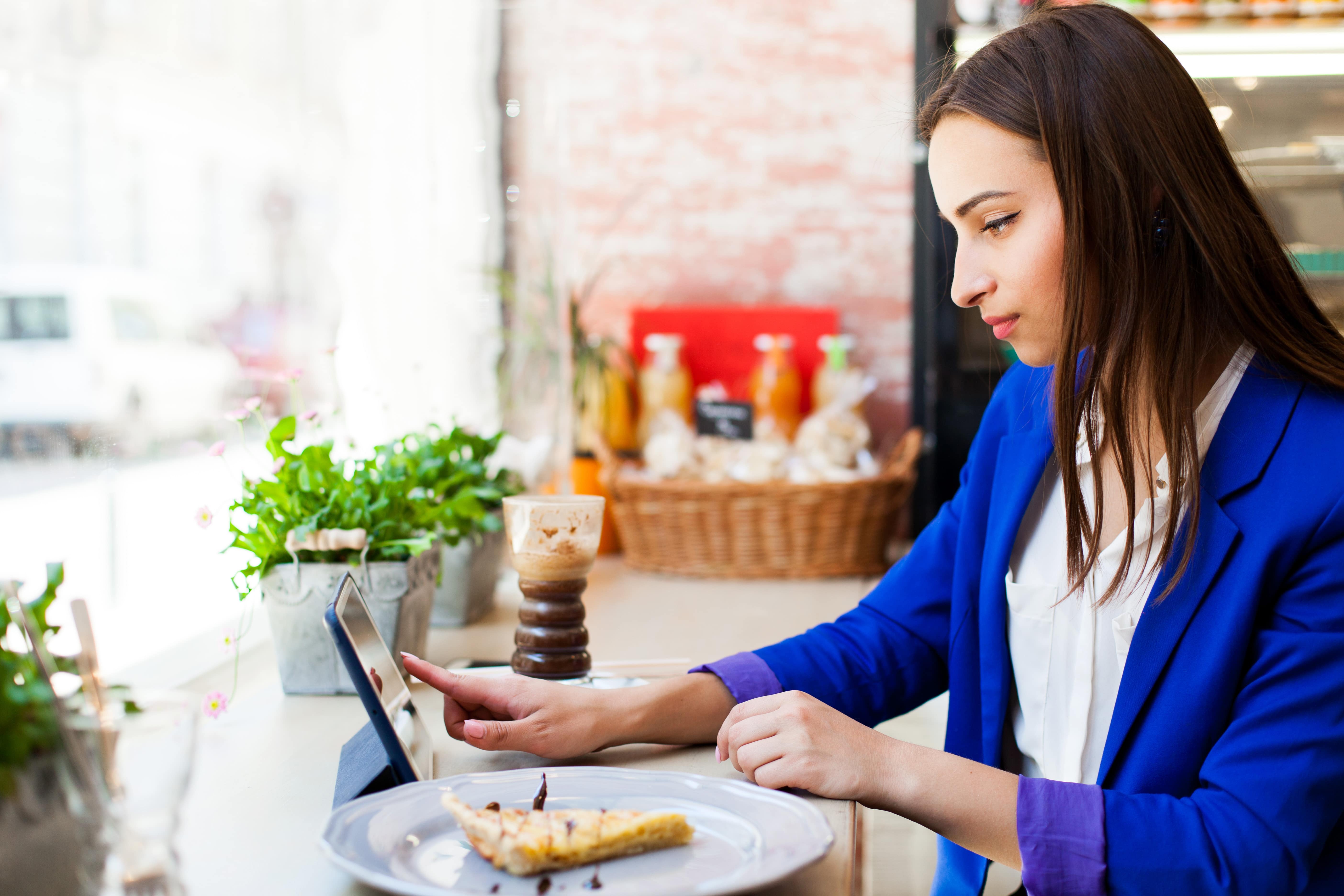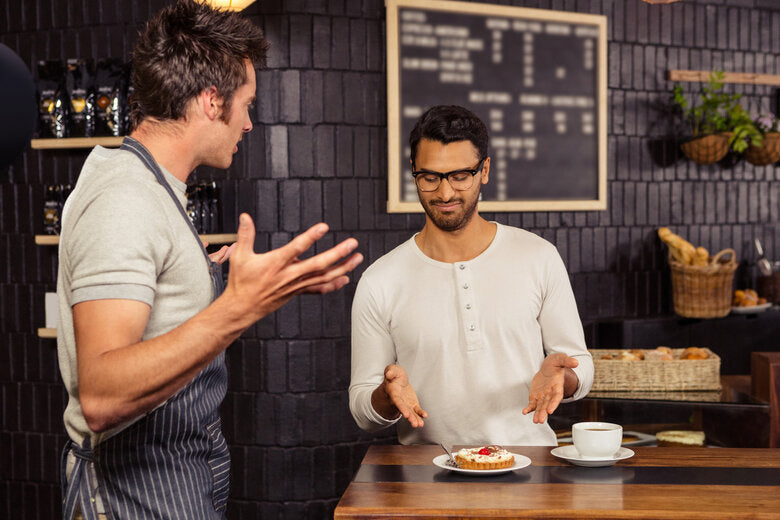
Mobile Marketing Strategies for Restaurants in 2025
Everyone's glued to their phones these days. That includes your potential customers looking for somewhere to eat. Three out of four people search for restaurants on their phones now. Miss this trend and watch customers walk into the place next door instead. Smart restaurant owners know their success depends on how well their business works on a tiny screen.
Key Takeaways
- Mobile marketing for restaurants means getting found by hungry customers scrolling their phones
- Text messages get read 98% of the time - way better than email
- You've got five options: mobile sites, apps, texting, social media, QR codes
- Mix direct ordering with loyalty perks and personal messages that actually matter
What is Mobile Marketing for Restaurants?
Mobile marketing just means making your restaurant easy to find and order from on phones. Simple as that.
Think about how you use your own phone. You're probably checking it while walking, waiting in line, or sitting on the sofa. Restaurant mobile marketing works because it meets people during these everyday moments.
Your mobile strategy touches everything - your website, social posts, text messages, even how people pay their bill. Each piece needs to work perfectly on a phone screen or customers get frustrated and leave.
The magic happens when someone pulls out their phone feeling hungry and immediately finds your restaurant with a simple way to order. That's when mobile marketing pays off.
5 Types of Mobile Marketing for Restaurants
Let's break down your options. Each type works differently depending on what you're trying to achieve.
1. Mobile-Optimised Websites
Your website is like your restaurant's front door online. If it loads slowly or looks terrible on phones, people won't even bother reading your menu.
You've got about three seconds before someone gives up and tries another restaurant. Make those seconds count with fast loading, clear menu photos, and obvious order buttons.
2. Restaurant Mobile Apps
Apps live right on people's phones, making reordering dead easy. No more paying hefty commission fees to delivery companies either.
The best part? You learn what customers actually want. Sarah always orders the chicken Caesar. Tom comes in every Friday. This information helps you send offers that work instead of random promotions nobody cares about.
3. Text Message Marketing for Restaurants
Texting gets ridiculous results because people read every single message. Try sending an email - half your customers won't even see it. Send a text about happy hour starting in 20 minutes and watch the orders roll in.
Just don't spam people. Birthday deals and exclusive offers work brilliantly. Constant "BUY NOW" messages get you blocked.
4. Social Media Mobile Campaigns
Instagram and TikTok basically run the food discovery game now. Post a video of your chef making pasta and suddenly everyone wants to try it.
Most people scroll social media on their phones anyway. Add ordering links or QR code menus and they can order without leaving the app.
5. QR Code Integration
QR codes exploded in popularity because they're ridiculously simple. Point your camera at one and boom - instant menu access. No typing website addresses or downloading apps.
Use them for more than menus though. Get customer feedback, promote events, grow your social media following. One scan does it all.

Why Mobile Marketing Matters for Restaurants in 2025
People's habits changed permanently. Everything happens on phones now - finding restaurants, reading reviews, placing orders. Over half of all internet browsing happens on mobile devices.
Customers expect instant everything. They want to see your menu, check prices, and order food without switching to a laptop. Fail to deliver this and they'll find someone who does.
Mobile marketing also works immediately. Traditional advertising builds awareness over months. A well-timed lunch special text can fill empty tables in an hour.
The restaurants thriving right now make mobile experiences genuinely pleasant. When ordering feels natural and easy on a phone, customers automatically return more often.
Plus, every mobile interaction tells you something useful about customer preferences. This data helps restaurants stay ahead of restaurant trends and adapt quickly to what people actually want.
3 Essential Mobile Marketing Strategies for 2025
Strategy 1: Build Your Direct Ordering Platform
Third-party delivery apps charge ridiculous fees while keeping your customer data. Time to take back control.
Building your own ordering system keeps more profit and gives you direct customer relationships. Start with a mobile website that loads fast and makes ordering simple.
Your ordering platform needs:
- Lightning-fast mobile site that works on any phone
- Menu photos that make people hungry
- One-click checkout with saved payment methods
- Real-time order tracking updates
- Points and rewards that encourage repeat orders
- Options for dietary restrictions and special requests
The real goldmine is customer data. When people order directly, you discover their favourite dishes, ordering frequency, and which promotions actually work. Use this information to create targeted offers that blow generic advertising out of the water.
Don't overcomplicate things initially. A well-designed mobile website often outperforms expensive custom apps, especially for smaller restaurants.
Strategy 2: Launch Targeted SMS Campaigns
Text message marketing for restaurants delivers incredible results when executed properly. Build your list by offering exclusive deals for sign-ups at checkout, on your website, or through social media.
Text campaigns that actually work:
- Flash sales during slow periods to pack the house
- Points reminders and surprise loyalty rewards
- Exclusive event invites and live entertainment alerts
- First access to seasonal menu items
- Personal birthday and anniversary treats
- Smart weather-based offers like hot soup on freezing days
Timing changes everything. Lunch offers hit best around 10:30 AM when people start planning midday meals. Dinner promotions work around 3 PM. Weekend specials get maximum response Friday afternoon.
Mobile marketing strategies succeed when messages provide genuine value instead of feeling pushy. Keep texts short, crystal clear, and always include easy opt-out options.
Strategy 3: Optimise Your Digital Menu Experience
Your menu becomes a silent salesperson when designed for mobile screens. Strategic layout and mouth-watering photos guide customers toward higher-margin items.
Use stunning food photography near profitable dishes. Write descriptions that highlight unique ingredients or cooking techniques. Add filtering options for dietary needs, price ranges, and customer favourites.
Mobile users often browse while multitasking, so eliminate decision fatigue. Make finding the perfect dish effortless without endless scrolling through options.
Physical presentation matters too. Quality menu covers and thoughtful design create cohesive brand experiences whether customers order online or dine in person.

Best Practices for Mobile Marketing Success
Mobile marketing requires completely different thinking than traditional restaurant advertising. Design everything for phone screens first, then worry about desktop versions later.
Personalisation transforms results dramatically. Use customer information to send relevant offers based on order history, visit patterns, and preferences. Regular customers receiving birthday discounts respond much better than random promotional blasts.
Mobile marketing fundamentals:
- Test timing, content, and frequency constantly
- Measure actual sales, not just clicks or opens
- Connect mobile campaigns with social media and in-store promotions
- Follow SMS regulations and privacy requirements religiously
- Maintain consistent brand experience across all touchpoints
Mobile platforms provide incredibly detailed analytics about campaign performance. Track open rates, conversion rates, and customer lifetime value to continuously improve results. This data helps allocate marketing budgets more effectively.
Legal compliance becomes critical with text messaging. Always get explicit permission before sending promotional messages and include clear unsubscribe instructions. Following regulations protects your business and maintains customer trust.
Integration amplifies mobile marketing impact. Social media drives app downloads. Email campaigns promote text sign-ups. In-store experiences encourage digital engagement. Connected strategies reach customers through multiple channels while reinforcing consistent messaging.
Next Step
Mobile marketing became absolutely essential because customers live on their phones now. Restaurants creating smooth mobile experiences - easy ordering, personal messaging, useful apps - build stronger relationships and see better profits.
Winning restaurants blend direct ordering, smart messaging, and mobile experiences customers genuinely enjoy. This reduces expensive third-party fees while building valuable customer databases.
Start with mobile website improvements and basic texting before jumping into complex strategies. Mobile marketing investments return money through increased loyalty, bigger orders, and cheaper customer acquisition compared to traditional advertising.
Success means reaching customers where they already spend hours daily - scrolling their phones. Companies like KyivWorkshop understand this, helping restaurants create memorable experiences bridging physical dining with digital convenience. Your customers check their phones dozens of times per day, so ensure your restaurant delivers mobile experiences worth returning for.




Leave a comment
This site is protected by hCaptcha and the hCaptcha Privacy Policy and Terms of Service apply.